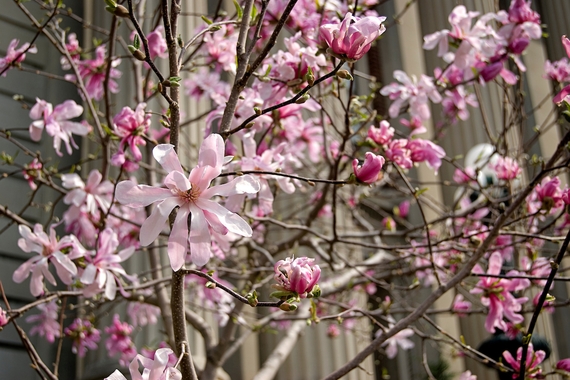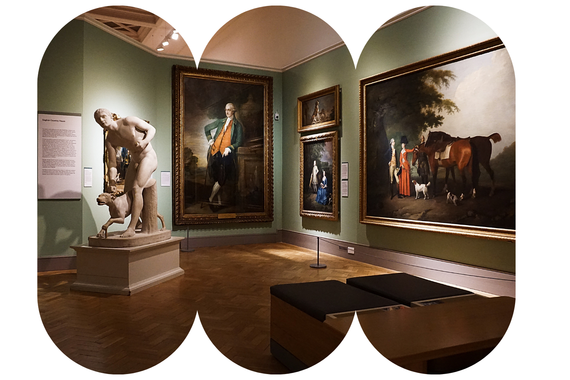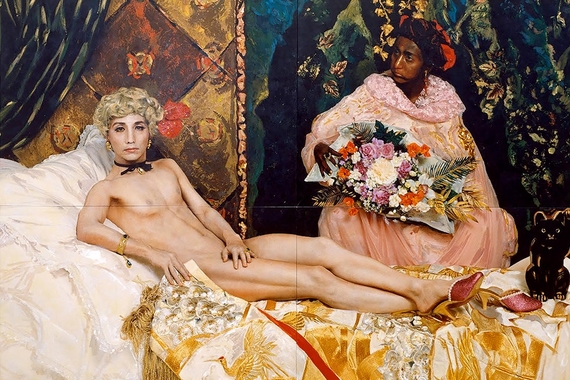Call for Papers: 8th Annual Twin Cities Graduate & Undergraduate Student Symposium
8th Annual Twin Cities Graduate & Undergraduate Student Symposium
UMN Call for Papers
The Minneapolis Institute of Arts in partnership with the University of St. Thomas is pleased to present the 8th Annual Twin Cities Graduate and Undergraduate Student Art History Symposium. This symposium will again showcase current research by undergraduate and graduate art history students from the Twin Cities and the greater region. Symposium participants are encouraged to relate their research to works of art held by the Minneapolis Institute of Arts, allowing attendees to view the museum’s collection with fresh insight and new eyes.
Ten speakers will represent colleges from around the region. Undergraduate papers will be 10 minutes in length. Mia will facilitate communication between student speakers and members of the curatorial department (and library) in their area of study. This is expected to take place before March 4, 2020.
Accepted participants will need to submit a paper title, abstract, and short biography to Mia by Thursday, January 10, 2020. To be considered to serve as the UMN undergraduate representative, please submit the following materials to Dr. Gilliane Monnier (monni003@umn.edu; arthistdugs@umn.edu) by Monday, Dec 2, 2019:
-
Paper Title
A strong title will include specifics about what your paper is about, including names of artworks, sites, cultures, or artists under examination. Often, academic lecturers will start their title with something poetic or a quotation, and then follow that with a description of the topic. (e.g. “Writing on the Wall: An Examination of 1980s Brooklyn Street Graffiti and its Influence on Jean-Michel Basquiat”)
-
250-Word Abstract
For hints on how to write a compelling, communicative abstract, see below.
-
Short bio
In this context, readers will want to know what year you are in school, your major, where you’re from, and (if known) what your career goals are.
HOW TO WRITE AN 250-WORD ABSTRACT:
-
Open with a non-fancy sentence spelling out the most intuitive aspect of your project. (Here you're basically naming your SUBJECT MATTER, e.g., "Thomas Eakins was one of the nineteenth century's most accomplished American portraitists.")
-
Zero in on the topic and scope of your research. (Here you're moving from the SUBJECT of your study to a statement of your specific FOCUS, e.g., "My paper will look specifically at Thomas Eakins's portrayals of women, painted over the course of his career.")
-
Broaden back out to indicate the primary methods of your investigation. (Here you're naming the PRACTICAL and/or METHODOLOGICAL TOOLS you'll use in your research, e.g., "Combining close visual analysis of the paintings with primary source research into Eakins's personal views, those of his circle, and shifting late nineteenth-century views on American gender, I will employ a mixture of formalist, biographical, psychoanalytic, and social historical methods to come to terms with Eakins's women.")
-
Conclude with a speculative, efficient sentence gesturing outward to the many different issues and histories your project will entail. (Here, you're hedging your bets and LISTING ALL THE INTERESTING THINGS you think you might engage, e.g., “The project will thus allow me to engage issues related to the social construction of gender, the rise of professional feminine identity, late nineteenth-century debates about the role of women in art schools, and the inter-gender dynamic of a male painter and his female subjects.")
The finished abstract would read like this:
Thomas Eakins was one of the nineteenth century's most accomplished American portraitists. My paper will look specifically at Thomas Eakins's portrayals of women, painted over the course of his career. Combining close visual analysis of the paintings with primary source research into Eakins's personal views, those of his circle, and shifting late nineteenth-century views on American gender, I will employ a mixture of formalist, biographical, psychoanalytic, and social historical methods to come to terms with Eakins's women. The project will thus allow me to engage issues related to the social construction of gender, the rise of professional feminine identity, late nineteenth-century debates about the role of women in art schools, and the inter-gender dynamic of a male painter and his female subjects. (122 words)



